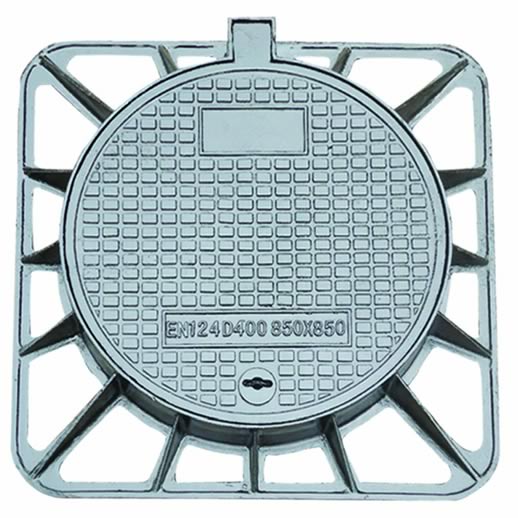Exploring the Benefits and Importance of Traffic Bollards in Urban Design and Safety Solutions
The Importance of Traffic Bollards in Urban Infrastructure
In urban landscapes around the world, traffic management is a crucial aspect of maintaining safety and order. Among the various tools employed to regulate vehicle movement and protect pedestrians, traffic bollards play an essential role. These short, sturdy posts serve multiple purposes in traffic control and urban design, contributing to the overall efficiency and safety of city life.
What Are Traffic Bollards?
Traffic bollards are typically cylindrical posts that are installed along roadways, pedestrian areas, and other public spaces. They can be made from a variety of materials, including concrete, metal, and plastic, and come in different shapes, sizes, and colors. Their primary function is to guide and restrict traffic, signaling to drivers where they can and cannot go. Bollards are often seen in commercial areas, near parks, and in high-traffic urban environments.
Enhancing Safety and Security
One of the most significant benefits of traffic bollards is their contribution to public safety
. By clearly delineating pedestrian pathways from vehicle lanes, bollards reduce the risk of accidents involving pedestrians. This is particularly important in busy shopping districts, outdoor markets, and sites of public gatherings where foot traffic is high.Moreover, bollards can also act as security measures. In recent years, cities have seen an increasing need to protect public spaces from potential vehicular attacks. Heavy-duty security bollards can withstand significant force, providing a barrier that prevents unauthorized vehicle access to crowded areas, thereby enhancing the safety of pedestrians and infrastructure.
Traffic Management and Urban Planning
Traffic bollards also assist in effective traffic management. By directing cars and restricting access to certain areas, they help minimize congestion and improve the flow of vehicles. For instance, bollards can be used to create one-way streets, manage turning lanes, or limit the width of roadways, encouraging safer driving behaviors and reducing the likelihood of collisions.
traffic bollards

In urban planning, bollards contribute to the aesthetic appeal of streetscapes. Available in various designs, they can enhance the overall character of a neighborhood while still serving their functional purposes. Cities often invest in decorative bollards that reflect the local culture or history, adding a unique touch to public spaces.
Environmental Impact
The environmental impact of traffic bollards should not be overlooked. By promoting walking and cycling through the creation of pedestrian-friendly zones, bollards can contribute to reduced vehicle emissions. Additionally, the use of sustainable materials in bollard construction helps cities move toward greener infrastructure practices.
Maintenance and Challenges
Despite their advantages, traffic bollards require regular maintenance to remain effective. Over time, they can become damaged due to weather conditions, vehicle impacts, or general wear and tear. Cities must have protocols in place to assess the condition of their bollards and replace or repair them as necessary to ensure continued safety.
Furthermore, while bollards serve a critical function, they can also create challenges. Poorly placed or overly abundant bollards can hinder traffic flow and accessibility. Urban planners must strike a balance between safety measures and the need for an efficient traffic system.
Conclusion
In summary, traffic bollards are vital components of urban infrastructure that enhance safety, support traffic management, and contribute to the aesthetic of public spaces. As cities continue to evolve, the thoughtful implementation of bollards will be essential in creating environments that prioritize pedestrian safety while facilitating smooth vehicular movement. By recognizing their multifaceted roles, urban planners can better integrate traffic bollards into city designs, ultimately benefiting both residents and visitors alike.
-
The Smarter Choice for Pedestrian AreasNewsJun.30,2025
-
The Gold Standard in Round Drain CoversNewsJun.30,2025
-
The Gold Standard in Manhole Cover SystemsNewsJun.30,2025
-
Superior Drainage Solutions with Premium Gully GratesNewsJun.30,2025
-
Superior Drainage Solutions for Global InfrastructureNewsJun.30,2025
-
Square Manhole Solutions for Modern InfrastructureNewsJun.30,2025
-
Premium Manhole Covers for Modern InfrastructureNewsJun.30,2025
